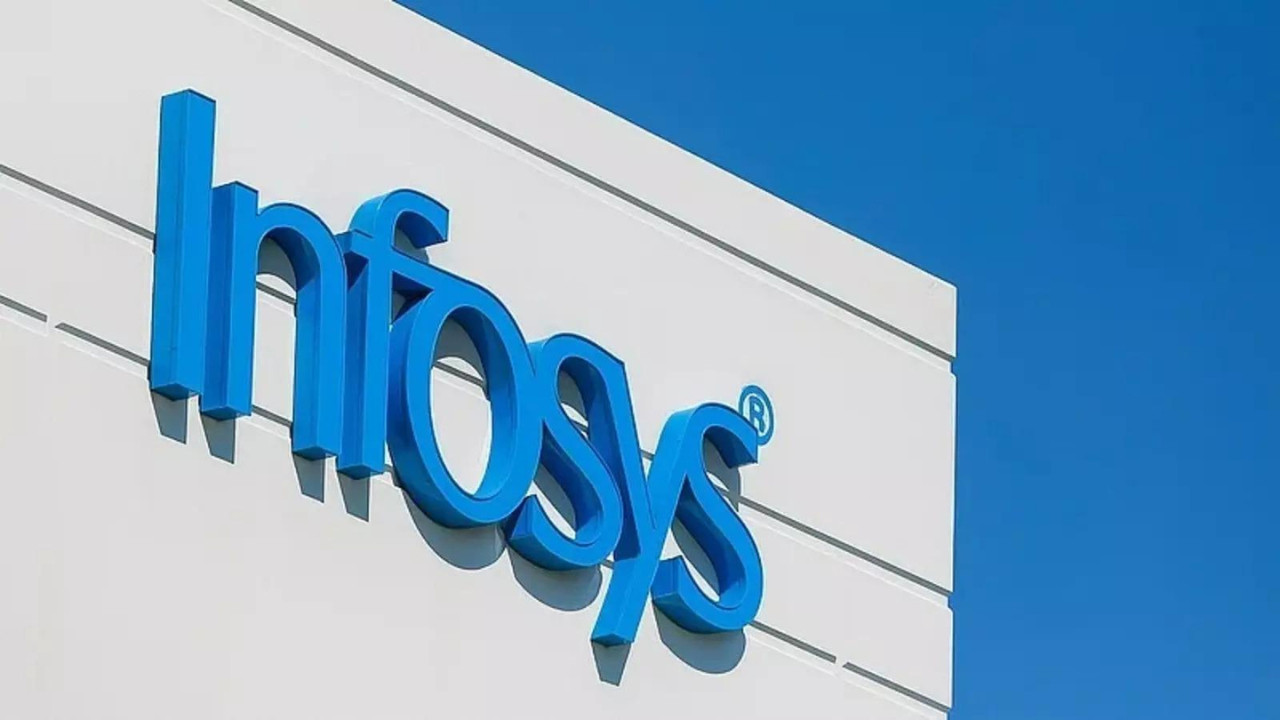Public sector banks are directed to boost lending to MSMEs and agriculture, while focusing on low-cost deposits and robust risk management. The finance ministry emphasized customer-centricity, digital innovation, and cybersecurity. Banks are also urged to support emerging sectors like renewable energy, aligning with national development goals.
Navigating the Future: How Indian Banks are Powering MSMEs and Agriculture
The air crackled with anticipation at the recent high-stakes meeting convened by the Finance Ministry. Top executives from Public Sector Banks (PSBs) emerged with a clear directive: fuel the engines of India’s economic growth by prioritizing lending to Micro, Small, and Medium Enterprises (MSMEs) and the agricultural sector. It wasn’t just about throwing money at the problem, though. The focus was laser-sharp: strategic, sustainable growth underpinned by robust financial practices and cutting-edge technology.
The Indian economy thrives on the dynamism of its MSMEs and the resilience of its agricultural backbone. Recognizing this, the Finance Ministry is pushing PSBs to actively seek out and support these vital sectors. The government is urging banks to streamline lending processes, making it easier for small business owners and farmers to access the capital they need to expand their operations, adopt innovative technologies, and ultimately, contribute more significantly to the nation’s GDP. This isn’t simply about hitting lending targets; it’s about fostering a vibrant and inclusive economic ecosystem.
Fortifying the Foundation: Deposits and Asset Quality
Of course, sustainable lending requires a strong foundation. The Ministry emphasized the critical importance of shoring up deposit bases. Banks were encouraged to roll out attractive schemes and initiatives to incentivize savings and attract a wider pool of depositors. Think beyond the standard savings accounts; innovative products tailored to specific demographics and needs could be key. A healthy deposit base translates directly into greater lending capacity and stability.
Equally important is maintaining impeccable asset quality. Bad loans are a drag on any financial institution, hindering its ability to deploy capital effectively. The directive was clear: proactive risk management, stringent due diligence, and efficient recovery mechanisms are paramount. This means identifying potential risks early on, implementing robust credit assessment processes, and swiftly addressing any emerging non-performing assets (NPAs). Banks need to be both aggressive in their lending and prudent in their risk mitigation.
Embracing the AI Revolution in Banking
The real game-changer, however, lies in the strategic embrace of Artificial Intelligence (AI). The Finance Ministry is urging PSBs to explore and implement AI-powered solutions across various aspects of their operations, from customer service to risk assessment and fraud detection.

Imagine AI algorithms analyzing vast datasets to identify promising MSMEs with high growth potential, or predicting potential loan defaults before they occur. Consider AI-powered chatbots providing personalized customer service to farmers in remote areas, offering instant access to information and support. The possibilities are endless. By harnessing the power of AI, banks can significantly enhance efficiency, improve decision-making, and ultimately, better serve their customers. This also includes the automation of tedious manual processes to free up employees to focus on more strategic, high-value tasks. Are you ready to explore what a modern banking platform looks like?
A Synergistic Approach: Collaboration and Innovation
This isn’t a top-down mandate; it’s an invitation for collaboration and innovation. The Finance Ministry is encouraging PSBs to share best practices, learn from each other’s successes (and failures), and collectively develop innovative solutions tailored to the unique challenges and opportunities of the Indian market. This spirit of collaboration extends beyond inter-bank partnerships. Banks are also encouraged to engage with fintech companies and other technology providers to access cutting-edge solutions and accelerate their digital transformation journey. By fostering a collaborative ecosystem, India’s banking sector can unlock its full potential and drive sustainable economic growth.
The focus extends beyond simply providing loans. Banks are being asked to act as partners in progress, offering financial literacy programs, mentorship, and access to networks to help MSMEs and farmers thrive.
In conclusion, the Finance Ministry’s directive to PSBs represents a strategic shift towards a more inclusive, efficient, and technologically advanced banking sector. By prioritizing lending to MSMEs and the agricultural sector, fortifying their financial foundations, and embracing the transformative power of AI, Indian banks are poised to play a pivotal role in fueling India’s economic growth story. The emphasis on sustainability, innovation, and collaboration ensures that this growth is not only rapid but also resilient and inclusive, benefiting all segments of society. The focus on MSME support and innovation is key to India’s continued economic advancement.






